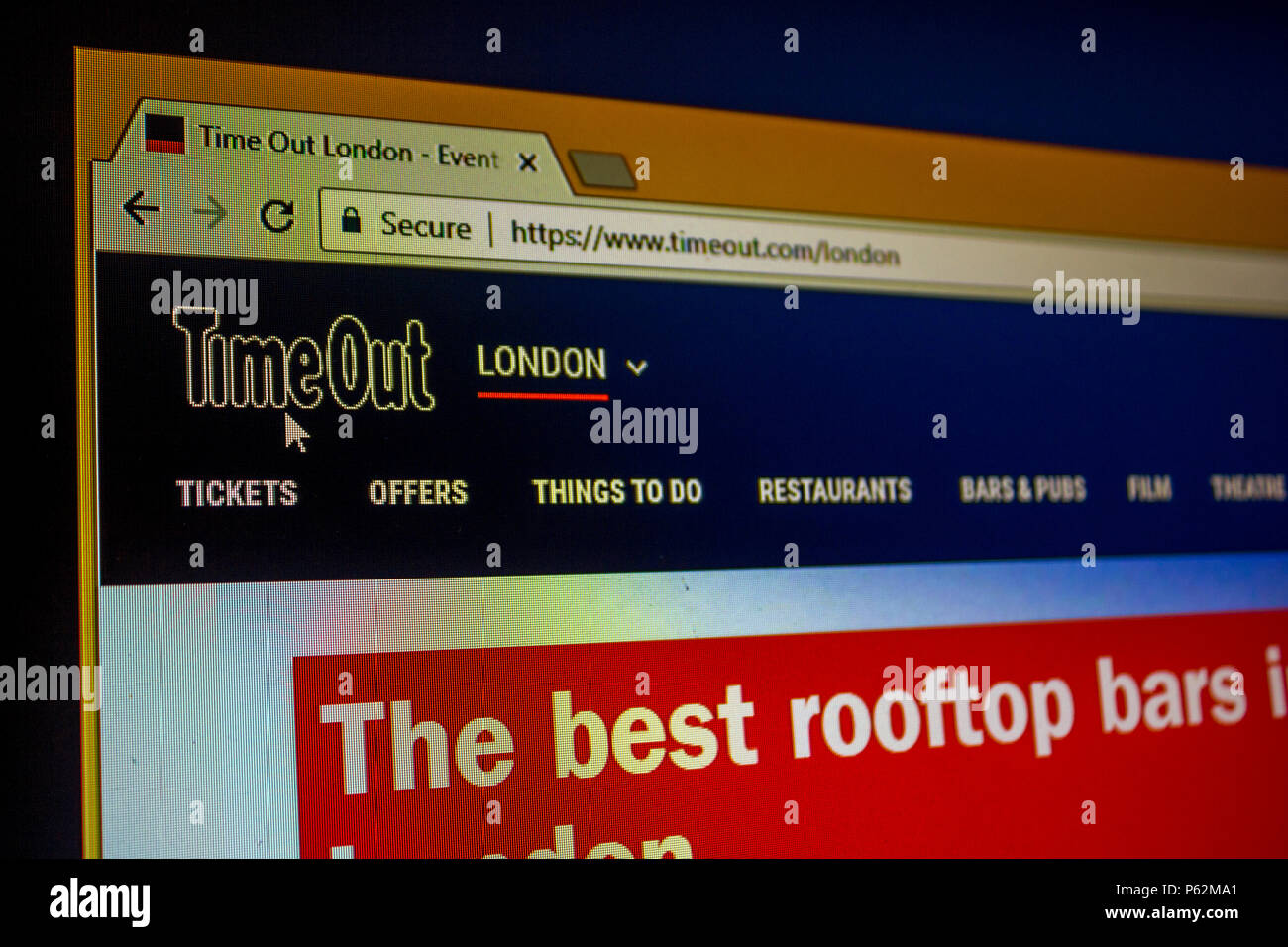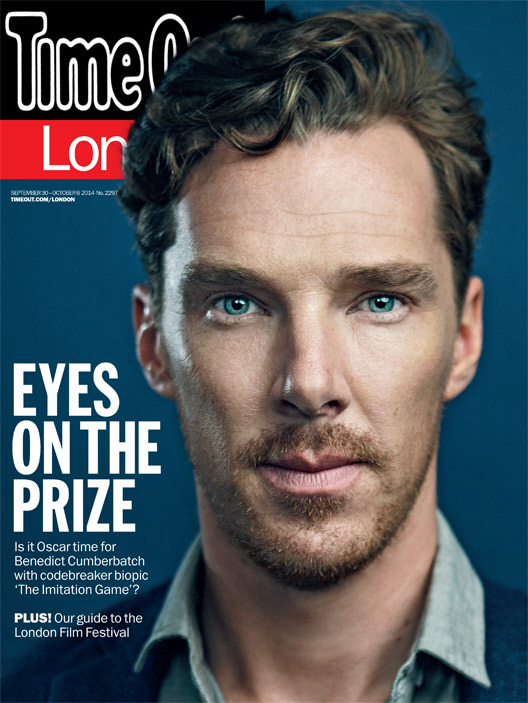

Well, you find exact same Brand coffee shops and burger restaurants in really cool, hip and nearby areas, such as Prenzlauer Berg or Friedrichshain. But sure, if you love stinking trash in the streets, baggers and danger, you'll be at the right place. Apparently the author must have been only to one of maybe 5 of the hipster coffee shops or boring burger restaurants in an area, a very tiny area at the edge of Neukölln. Pee and poop in the streets, homeless people living in the bushes in the parks, where you cannot even enter anymore at night. Clan families rule, Shootings and really bad beatings every day and kicking women really hard down the Subway staircases. How naive, ridiculous and dangerous it is by this "dumb people" magazine to post a ranking of Neukölln in Berlin, actually the most dangerous place in Berlin ever. It is said to have been published on the thirtieth anniversary of Time Out after originally appearing in a 1970 issue of the magazine, but is in fact from 1968 (see Perfumed Garden page for further details).Autors of this magazine have no clue at all. Another interview with JP, by Bob Harris, is preserved in the Internet Archive. Peel was interviewed by Nick Coleman for the twentieth anniversary of Time Out, in the issue of October 19-26 1988. Peel was probably too well-informed to be taken in by the hoax, but he played the B-side on the show of 26 January 1969 and mentioned that the group were "well-known to Top Gear listeners". In response to this demand, the track "I Keep Singing The Same Old Song", recorded by Skip Bifferty, was released by Island Records as a single under the name Heavy Jelly, later appeared on the popular budget sampler LP Nice Enough To Eat, and gained some airplay. ".there was this whole kind of preciousness about records, especially from all these DJs.We just wanted to take the piss out of them and it actually had the desired effect which was that Pete Drummond, maybe John Peel, Jeff Dexter, they all had runners who would rush down the record shops to get the latest records before the other people and they were all rushing off looking for this hoax album". Tony Elliott, Time Out's editor, explained to Jonathon Green ( Days In The Life, London 1988, pp.286-7): In 1969 Time Out journalist John Leaver came up with a clever hoax by writing an enthusiastic review of an LP by a non-existent band called Heavy Jelly, which appeared on Time Out's record review page alongside reviews of current albums and employed the standard cliches of underground press rock writing.
#TIME OUT LONDON APRIL 2022 TV#
Regular previews of his programmes were included in the magazine's radio and TV listings.

Time Out covered a wide range of cultural activities and the pages devoted to music were only a small section of its total contents, but it did carry reviews, interviews, ads from record shops and gig listings which would interest listeners to Peel's shows. However, he did help make the magazine known by interviewing co-founder Bob Harris, then a journalist, on the Night Ride show of 14 August 1968, after its first issue had just appeared. No pieces by John Peel written for Time Out have yet been located by contributors to this wiki, although it seems that he contributed to the magazine's Xmas 1997 issue.

In April 2022, it was announced that the print edition of London Time Out would finally cease after 54 years. By now its former radicalism has all but vanished. Time Out began as an alternative magazine alongside other members of the underground press in the UK, but by 1980 it had abandoned its original collective decision-making structure and its commitment to equal pay for all its workers, leading to a strike and the foundation of a competing magazine, City Limits, by former staffers. The first product was titled Where It's At, before being inspired by Dave Brubeck's album Time Out. Time Out was first published in 1968 as a London listings magazine by Tony Elliott, who used his birthday money to produce a one-sheet pamphlet, with Bob Harris as co-editor. Time Out started as a London-only publication in 1968 and has expanded its editorial recommendations to 328 cities in 58 countries worldwide. Time Out is a global magazine published by Time Out Group.


 0 kommentar(er)
0 kommentar(er)
